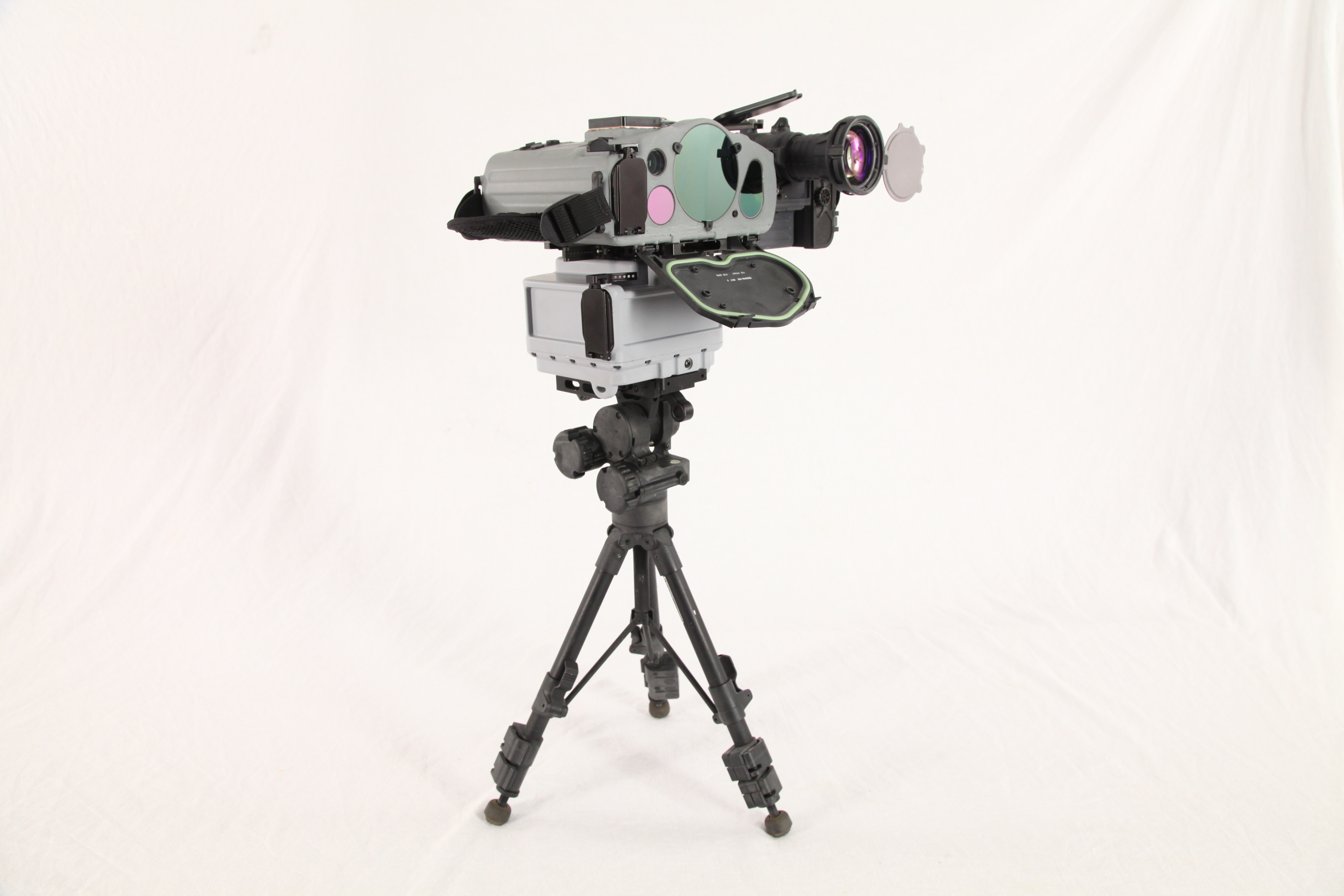The Army is working on a new lightweight handheld device that will significantly reduce the amount of time it takes to call for fire from the sky.
It now takes up to half an hour to approve the coordinates and get a bomb dropped once a forward observer has called in a target. But time is precious in a firefight, so the Army is working on the Joint Effects Targeting System to cut that lag time way down.
The Joint Effects Targeting System, due to roll out in mid-2019, is a precision, handheld marking tool with a color camera that can deliver coordinates within 10 meters of accuracy and digitally push the information to members of the fire support chain, day or night, in any weather conditions.
But JETS' real edge is that it cuts out the mensuration step, that 20- to 30-minute process of refining coordinates through multiple people before getting approval to drop GPS-guided ordnance — addressing the Fires Center of Excellence's top capability gap, according to the project's assistant product manager.
"Out there on the battlefield, when you need timely effects on target with precision, the process of mensuration can really take a lot of time as far as impacting the maneuver commander’s decision to either deploy those effects or to go ahead and take the objective through force," Maj. Rob Heatherly told reporters in a Sept. 28 phone interview.
With the Army's current laser-targeting system, coordinates and images have to be checked and rechecked by multiple targeting warrant officers and a fire support element, which sends the target up to their headquarters.
"You’ll still have to get the maneuver commander to release weapons, but as far as the process of having to go all the way through the different levels, refine with imagery, it will cut that step out," Heatherly said.
The team wrapped up its engineering, manufacturing and development phase this month with a Sept. 22 contract approval, awarding about $340 million to DRS Networks and Imaging Systems.
JETS is designed to be used by individual forward observers at the platoon and fire support team levels, who are usually out on their own looking for targets. To help them out, the system weighs just 5 1/2 pounds and is about the size of an old Camcorder video camera.
With all the bells and whistles, including cables and enough battery for a 72-hour mission, it comes in at just under 17 pounds, Heatherly said. Those extras are worth their weight, he said, and part of what makes JETS so effective.
The Army already has a high-precision targeting system, the Lightweight Laser Designated Rangefinder, but it has a major shortfall.
"[It's] great and all, unless you have significant cloud cover, if you’re under foliage, if you’re in a building, if you’re in a place like Iraq where all the oil fires darken the sky," Heatherly said.
JETS comes with a suite of optional extras, including a gadget called Precision Azimuth Vertical Angle Model, a box with a gyroscope that calculates the Earth's rotation for the most accurate location reading possible, no matter the weather or time of day. It's also got GPS for self-location, a celestial compass for locating targets and a laser marking module for guiding aircraft to targets.
"I can tailor my assault pack, if you will, depending on the mission at hand," Heatherly said.
The new system's only shortfall is its range, he added. It can spot up to 2,500 meters, versus LLDR's 3,700. It's advantage, though, is in its portability — a forward observer can walk around far and wide with JETS, while LLDR is a two- or three-person system that needs to be set up at a fixed observation point.
The next step in fielding the device is practicing drops with the 82nd Airborne Division at Fort Bragg, North Carolina. Paratroopers will jump the system, and JETS also will be packed up and pushed out of aircraft as a door bundle.
After testing and final approval, the devices will go out first in late fiscal year 2018 to Special Forces and Ranger units, then Global Response Force units and, finally, to conventional brigade combat teams, Heatherly said.
Meghann Myers is the Pentagon bureau chief at Military Times. She covers operations, policy, personnel, leadership and other issues affecting service members.





